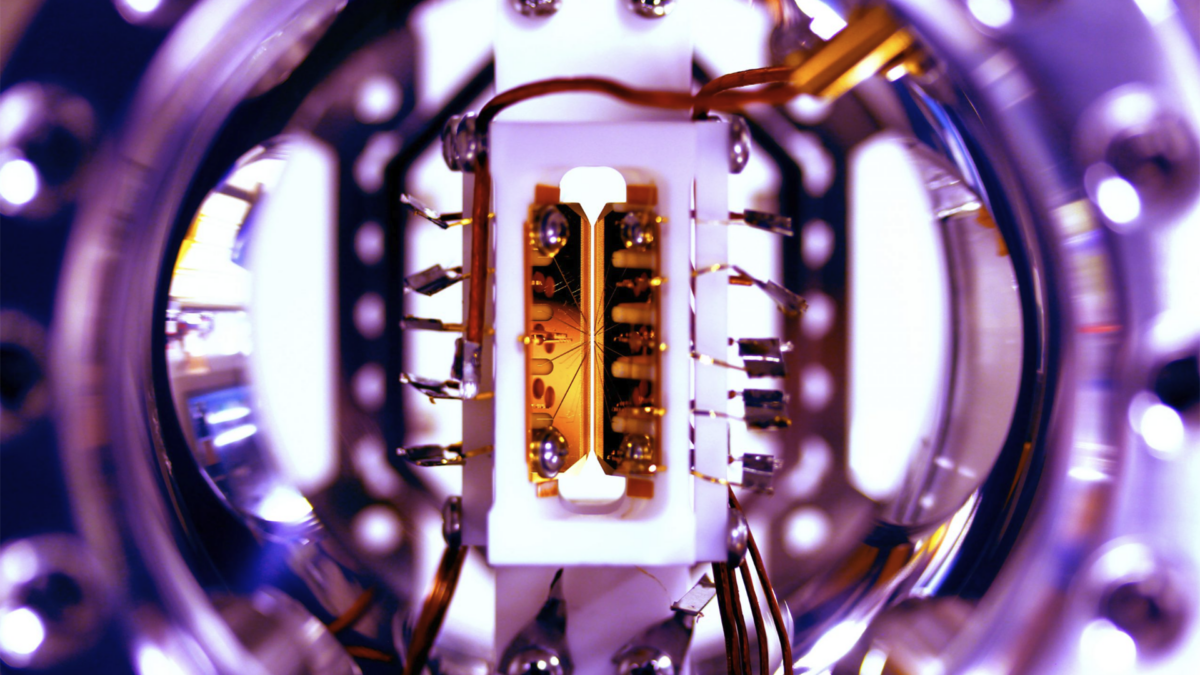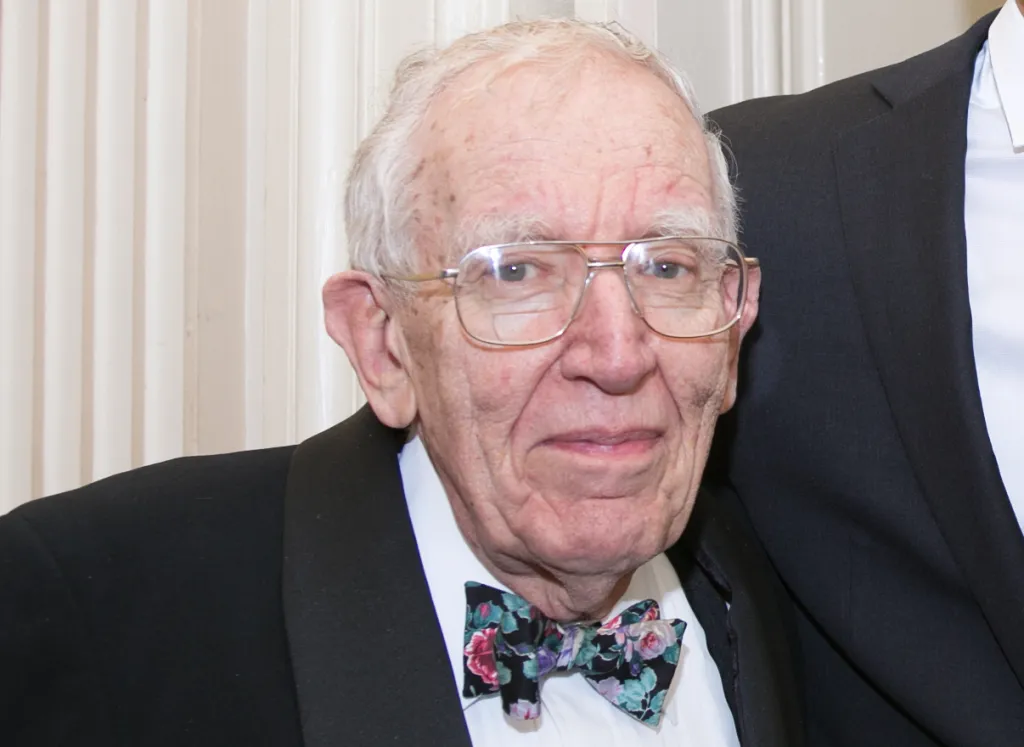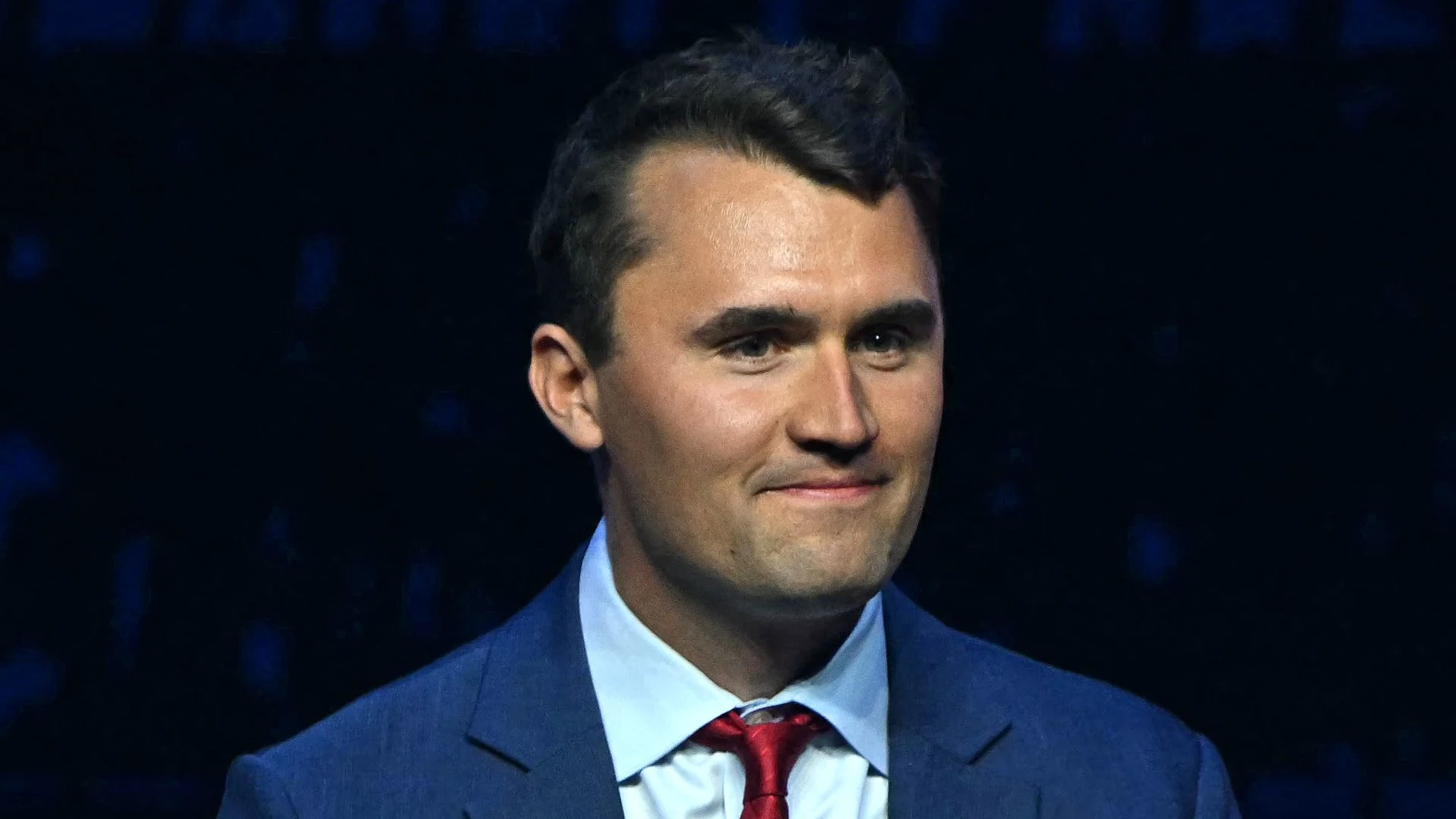
Old physics wisdom can get comically simple. Take, for instance, the idea that bigger is generally better for complex science observatories. But there’s another one that researchers unknowingly gloss over, despite its impressive success rate: When a rule can’t be broken, don’t fight it. Just go around.
In a Science Advances paper published today, physicists did just that. The researchers found a way to sidestep Heisenberg’s uncertainty principle—a monumental rule dictating the elusiveness of quantum particles—to arrive at a “Goldilocks Zone” for uncertainty that allows scientists to extract only the most relevant information from a quantum system. This practical approach could greatly benefit future advances in quantum sensing for navigation, medicine, or astronomy, according to the researchers.
“We really exploit this concept of moving the uncertainty around,” Christophe Valahu, study lead author and a physicist at the University of Sydney in Australia, told Gizmodo during a video call.
If a particle was on a ruler, the new approach wouldn’t be measuring its exact location or momentum, Valahu explained. Instead, the idea is to measure something called the particle’s modular position and momentum, which are “different variables that give very much the same kind of information,” he said.
Skirting around Heisenberg
The Heisenberg uncertainty principle, introduced by the eponymous physicist in 1927, dictates that it is impossible to precisely lock down both metrics—location and momentum—at the same time. Simply put, there is a trade-off between the two that emerges as a fundamental behavior of measurements in quantum mechanics.
The new approach essentially “redistributes uncertainty in a way that benefits us,” Valahu said. It sacrifices “larger-scale, global” information—the particle’s actual position and momentum—for a sharper picture of tiny changes in a particle’s position and momentum. The latter information would be much more relevant for quantum sensing, which depends on quantum mechanical rules to detect and track tiny signals.
A quantum marriage
To validate this idea, the team recruited quantum computing experts to develop a protocol based on its approach and a 2017 paper outlining a similar strategy. In the end, the researchers arrived at an “engineered quantum system” inspired by both quantum sensing and quantum computing, according to Valahu.
“Quantum computing and quantum sensing are two sides of the same coin,” Valahu said. “One of them is trying to eliminate noise; the other one is trying to measure the noise or a signal. In theory, the better you can measure signal, the better you can correct for noise as well. So they often work hand-in-hand.”
Specifically, they wanted to see if the new sensing technique could help the researchers distinguish tiny signals among the error-inducing noise in a quantum computer. To their delight, they successfully measured the modular position and momentum of a trapped ion inside the quantum computer.
“It’s a very fundamentally different way of looking at quantum sensing—using what were traditionally quantum error-correcting codes now for quantum sensing,” Valahu said. “We think this is an enabling technology [that may] spawn more metrological technologies [and transform] how we do current sensing. By “metrological technologies,” Valahu is referring to the scientific study of measurement and the various tools used to take precise measurements.
The literature on quantum technology is growing at astonishing speeds. It’s a great time to explore how different fields can come together to create innovative solutions, Valahu said. Many opportunities are appearing, and it’s hard to focus on a single one—but there’s little doubt we’re living at an exciting time for all things quantum.



